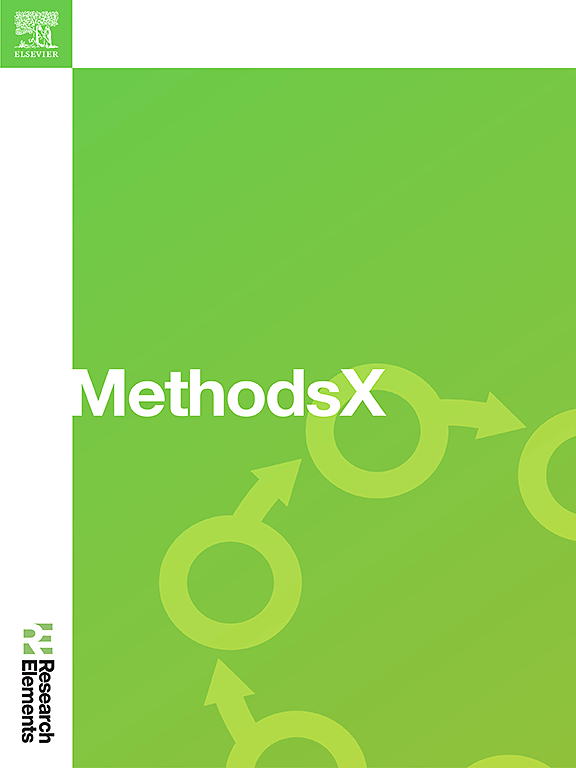Advancements in epilepsy classification: Current trends and future directions
IF 1.6
Q2 MULTIDISCIPLINARY SCIENCES
引用次数: 0
Abstract
This paper presents a comprehensive survey on categorizing focal and non-focal epilepsy using Electroencephalogram (EEG) signals. It emphasizes how recent advances in machine learning and deep learning methodologies assists in overcoming the existing challenges in classification. The paper synthesizes cutting-edge techniques with the focus on the application of hybrid models that combine traditional signal processing techniques with machine learning algorithms. By highlighting key breakthroughs in the field, the paper aims to propose novel directions for improving classification precision. Furthermore, the paper delves into the challenges faced by current methods and the possible solutions. The paper concludes with the discussion on potential future research directions, especially in areas of multimodal data integration and real-time seizure prediction, and emphasizes the potential for AI-driven personalized epilepsy treatment techniques.

癫痫分类的进展:当前趋势和未来方向
本文介绍了利用脑电图(EEG)信号对局灶性和非局灶性癫痫进行分类的全面调查。它强调了机器学习和深度学习方法的最新进展如何帮助克服分类中的现有挑战。论文综合了前沿技术,重点介绍了结合传统信号处理技术和机器学习算法的混合模型的应用。通过强调该领域的关键突破,本文旨在提出提高分类精度的新方向。此外,论文还深入探讨了当前方法面临的挑战和可能的解决方案。论文最后讨论了未来潜在的研究方向,特别是在多模态数据整合和实时癫痫发作预测领域,并强调了人工智能驱动的个性化癫痫治疗技术的潜力。
本文章由计算机程序翻译,如有差异,请以英文原文为准。
求助全文
约1分钟内获得全文
求助全文
来源期刊

MethodsX
Health Professions-Medical Laboratory Technology
CiteScore
3.60
自引率
5.30%
发文量
314
审稿时长
7 weeks
期刊介绍:
 求助内容:
求助内容: 应助结果提醒方式:
应助结果提醒方式:


